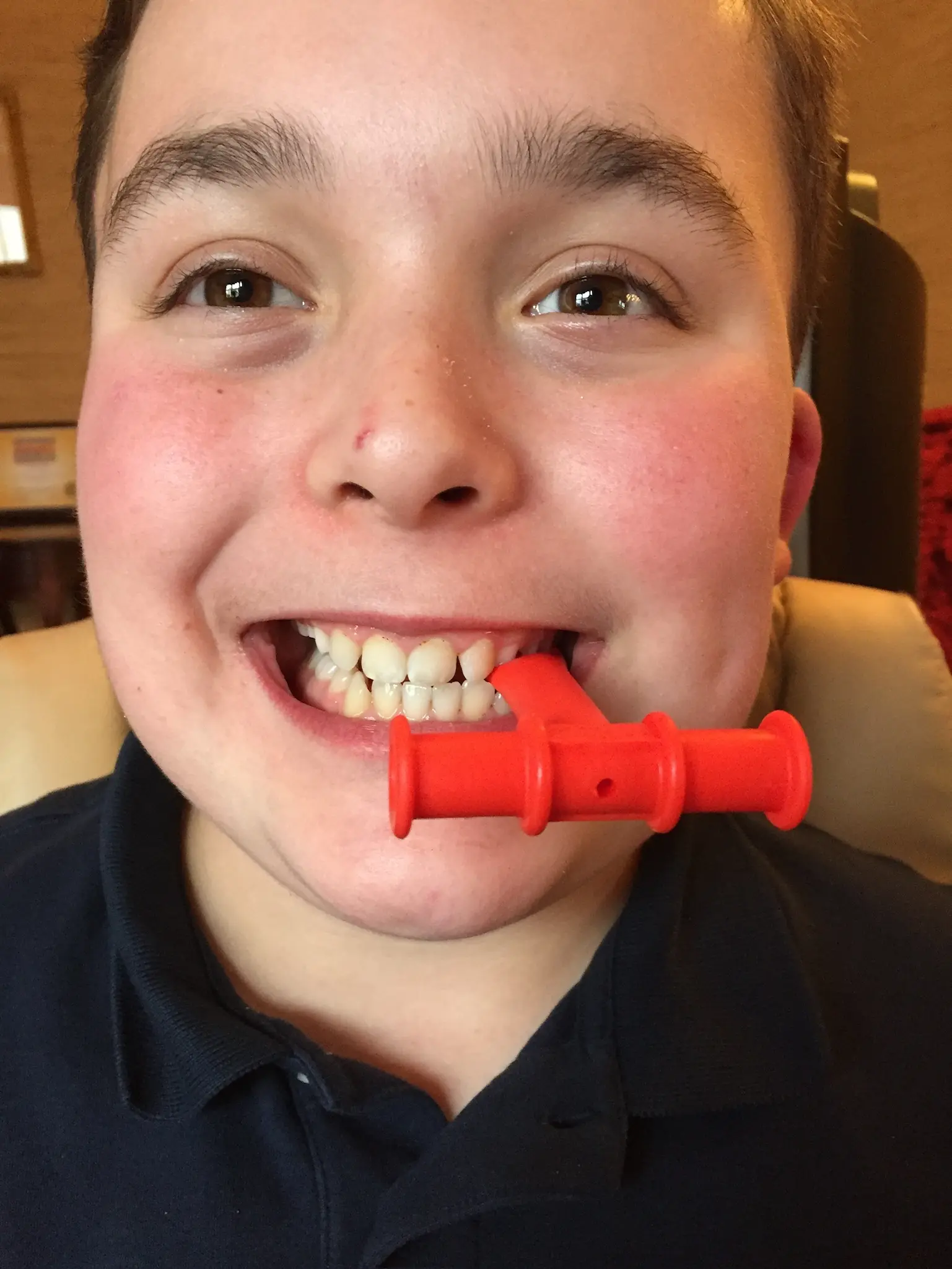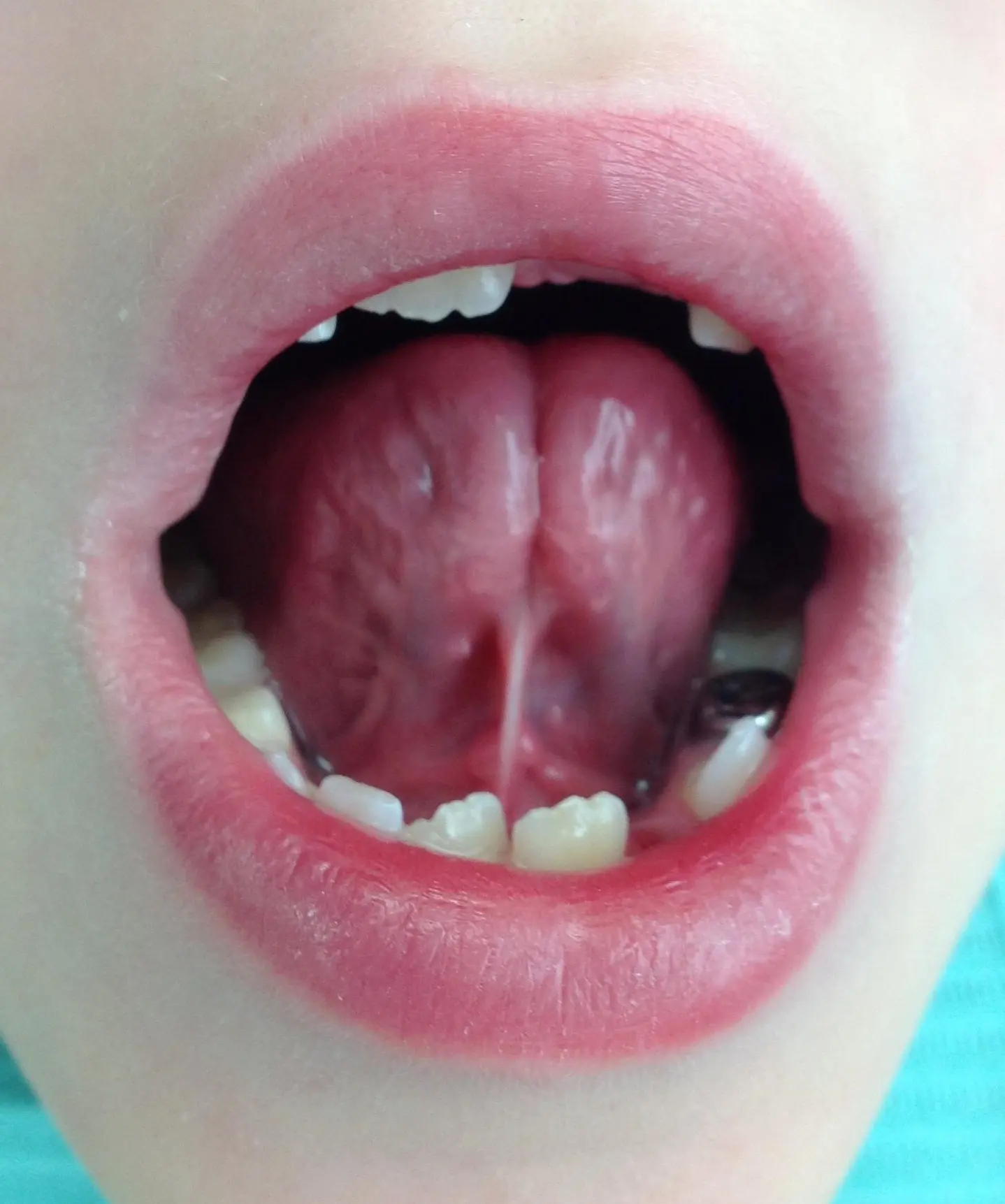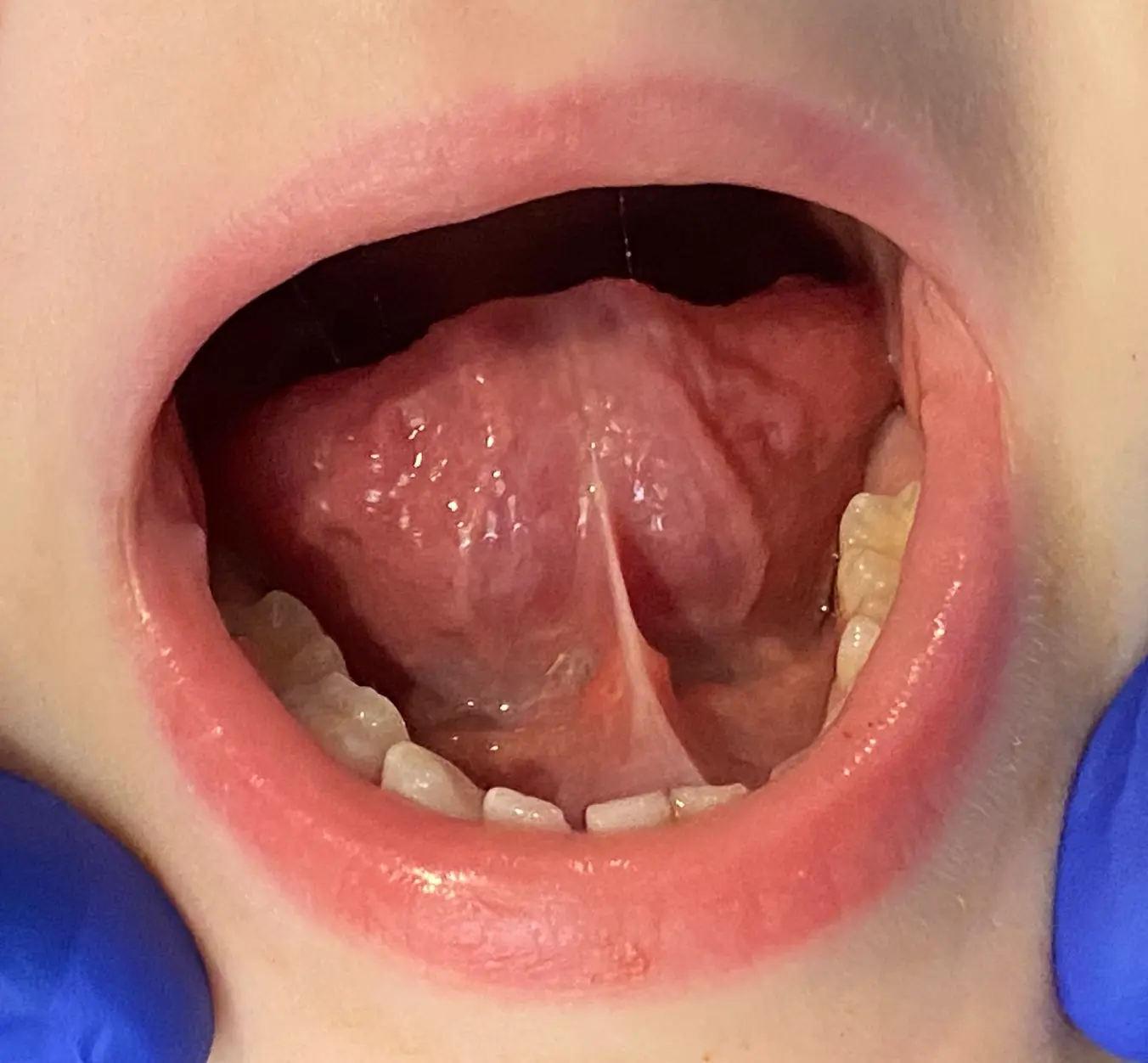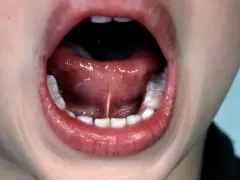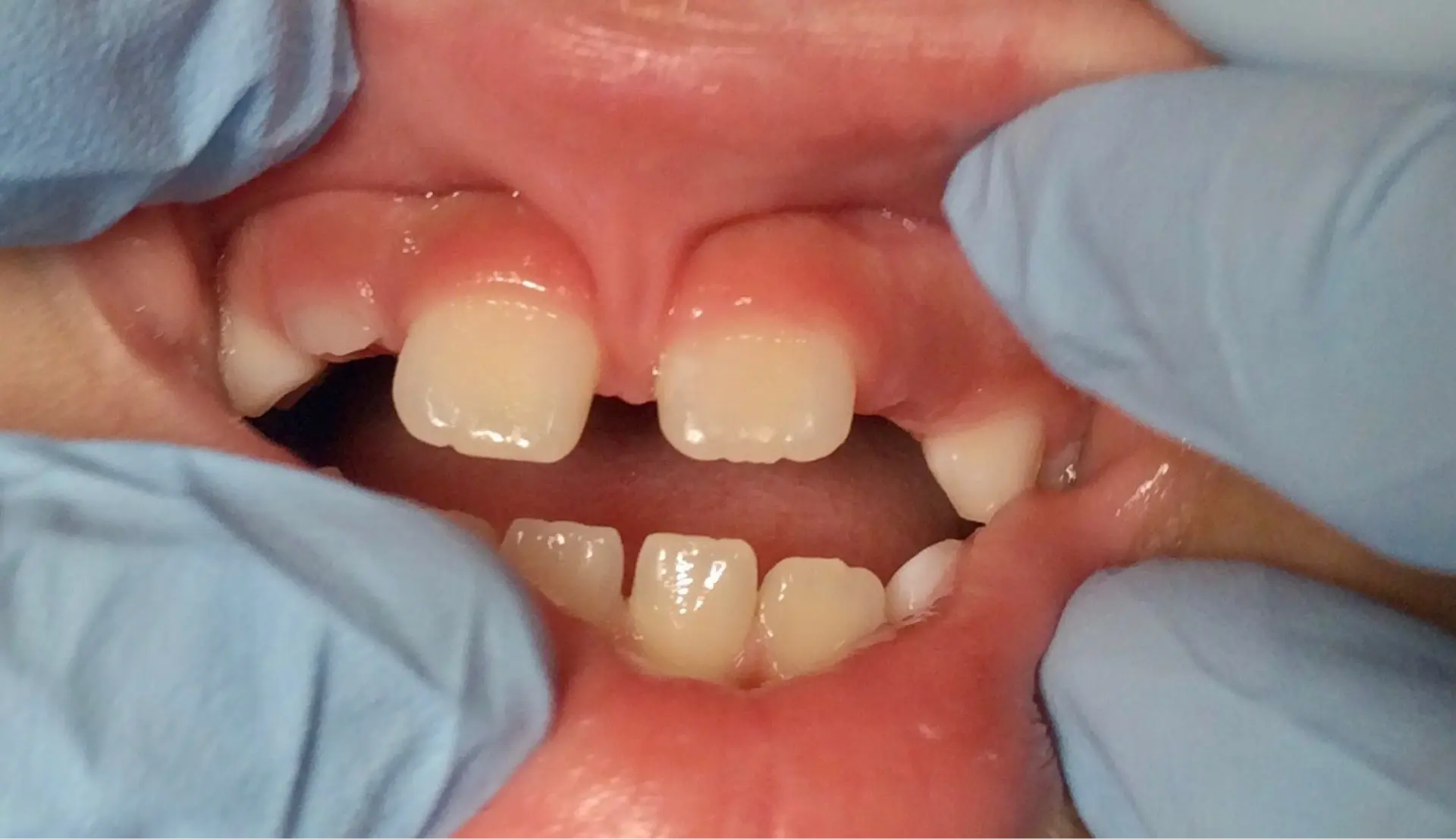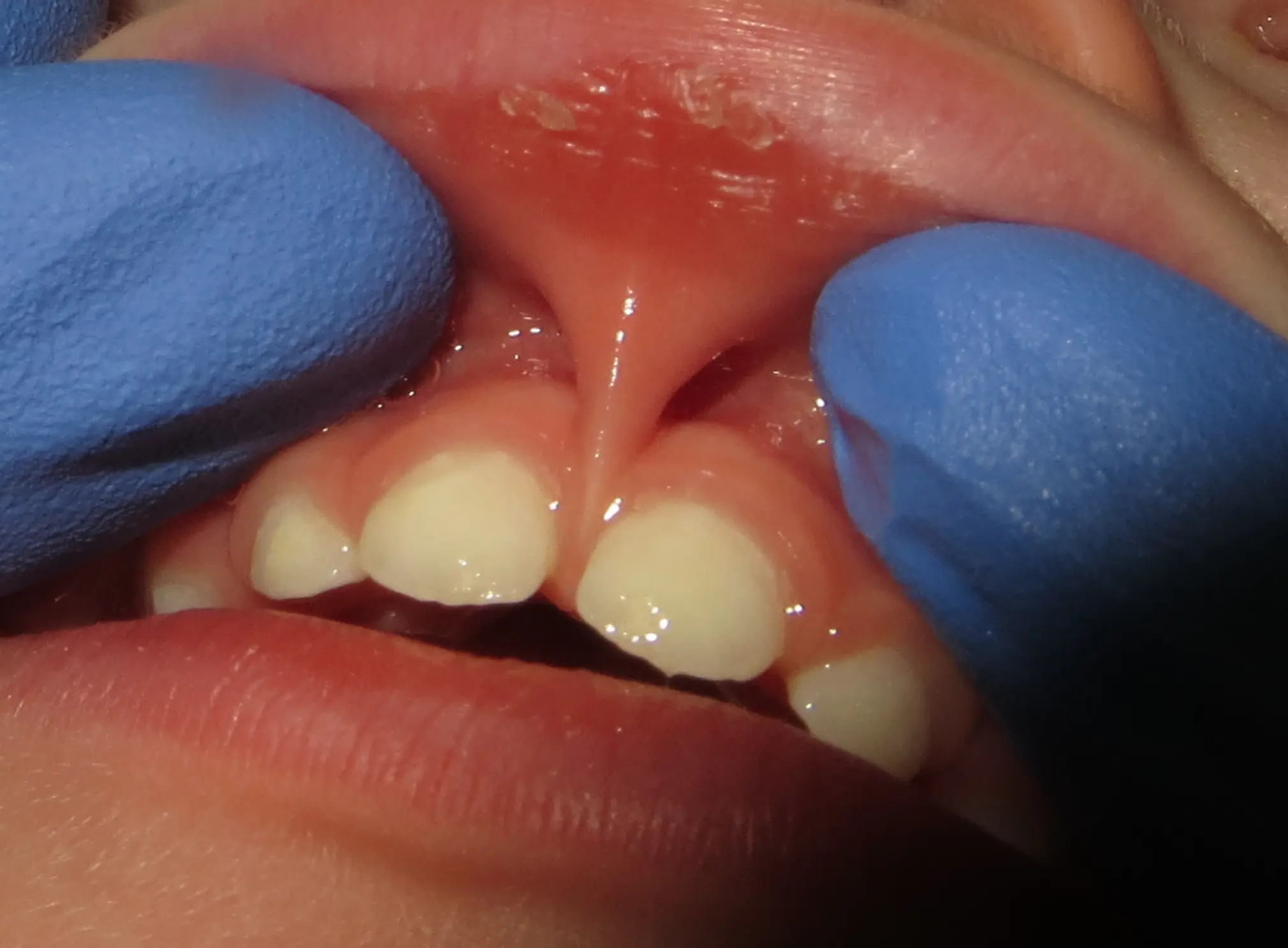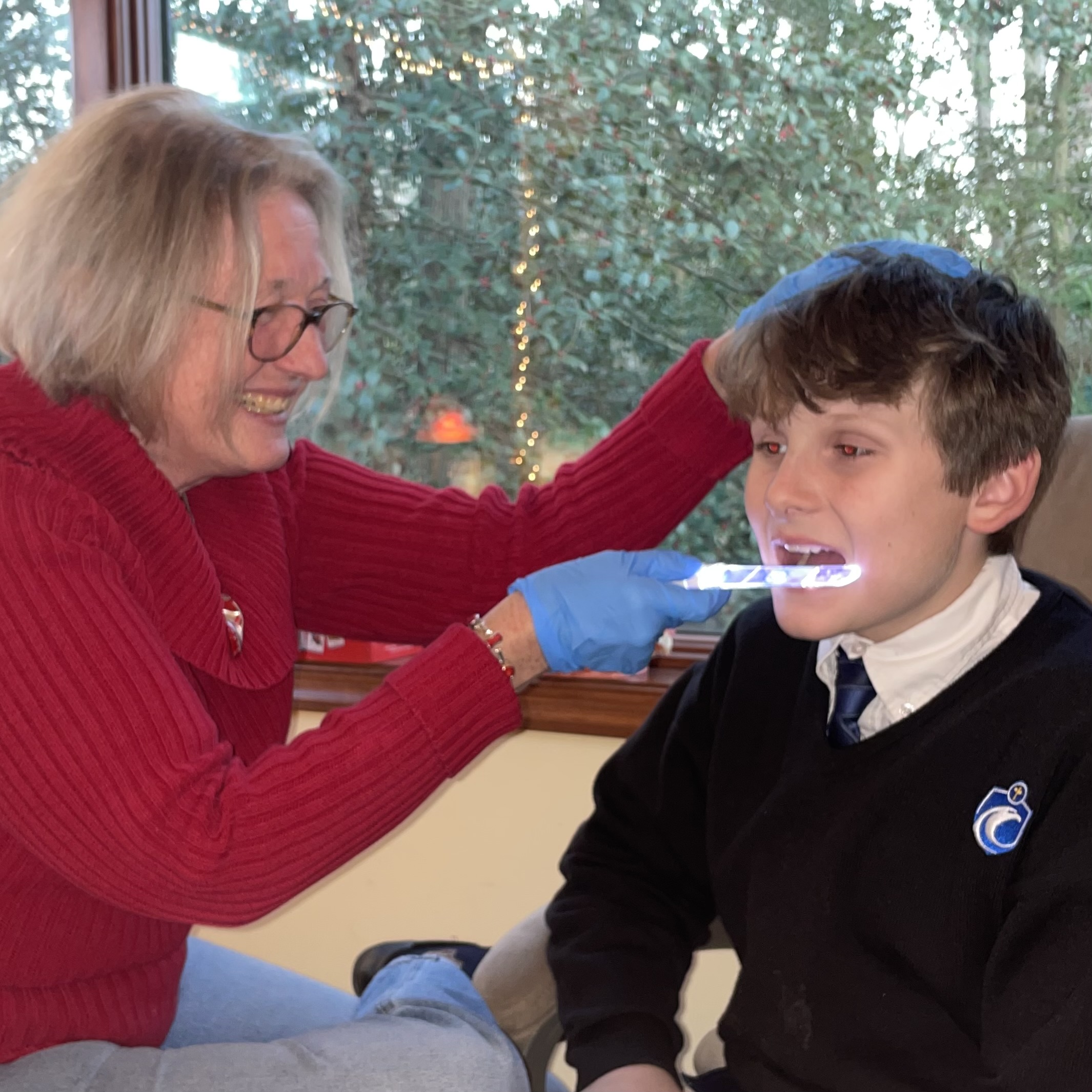
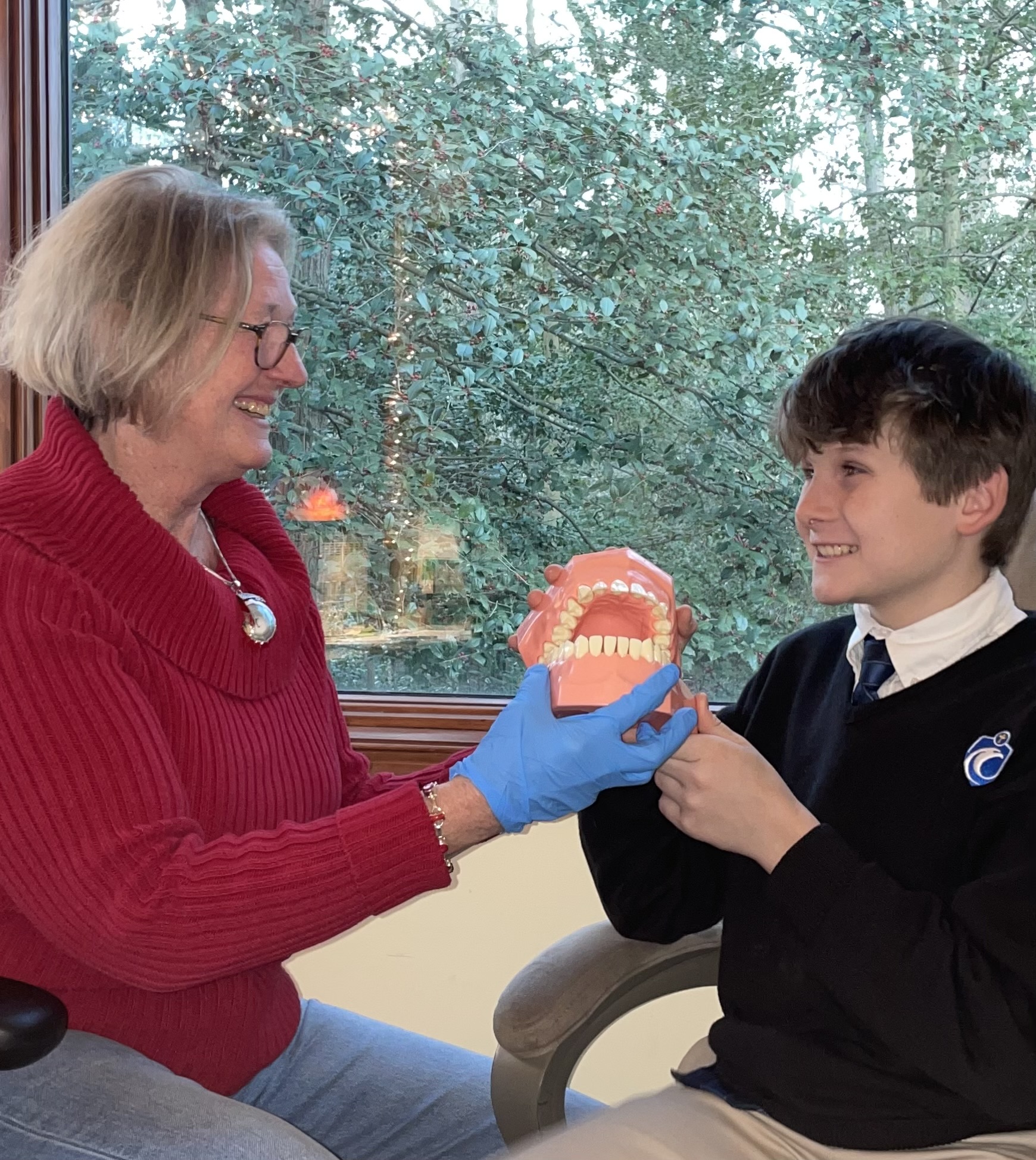
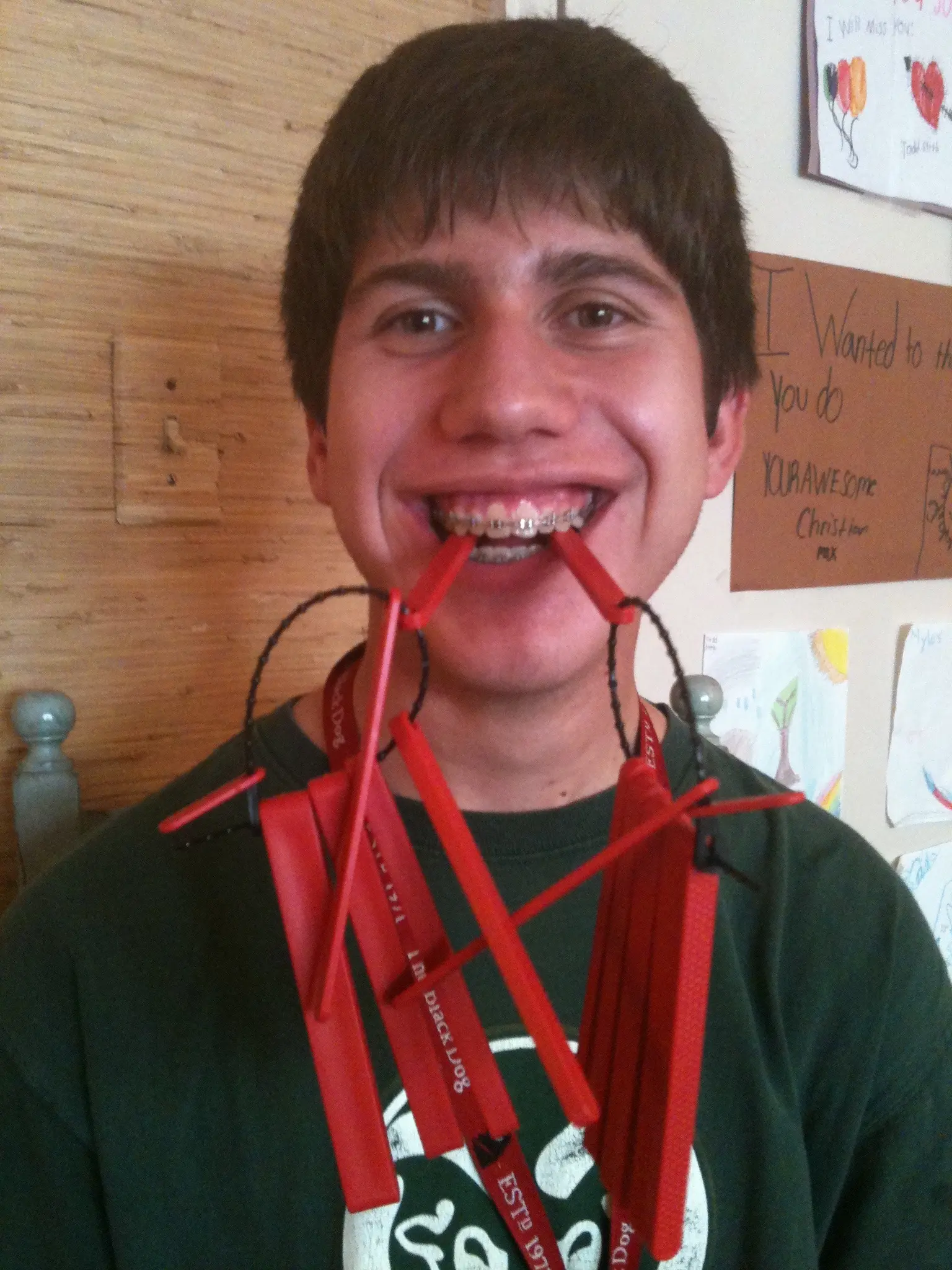
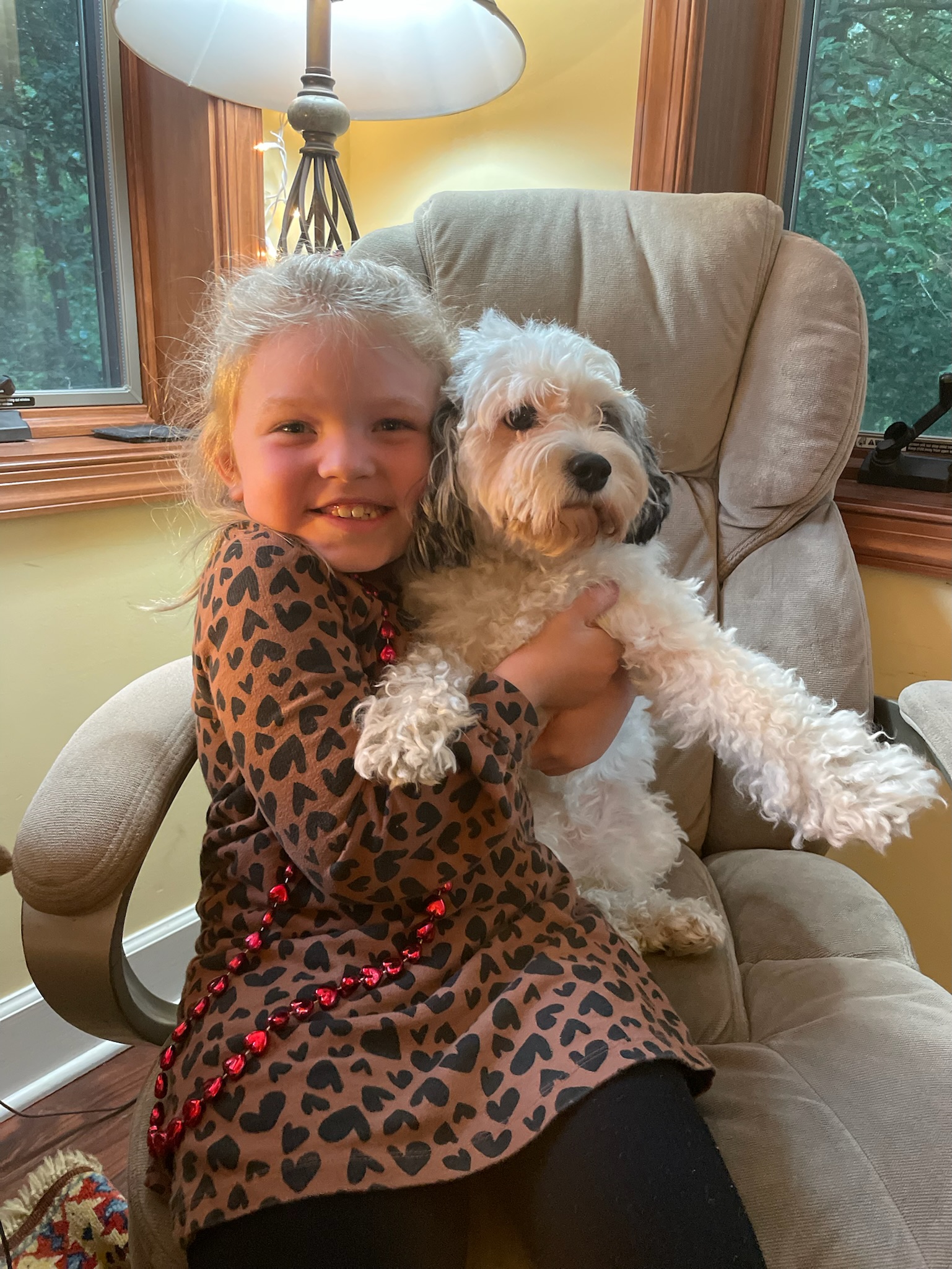
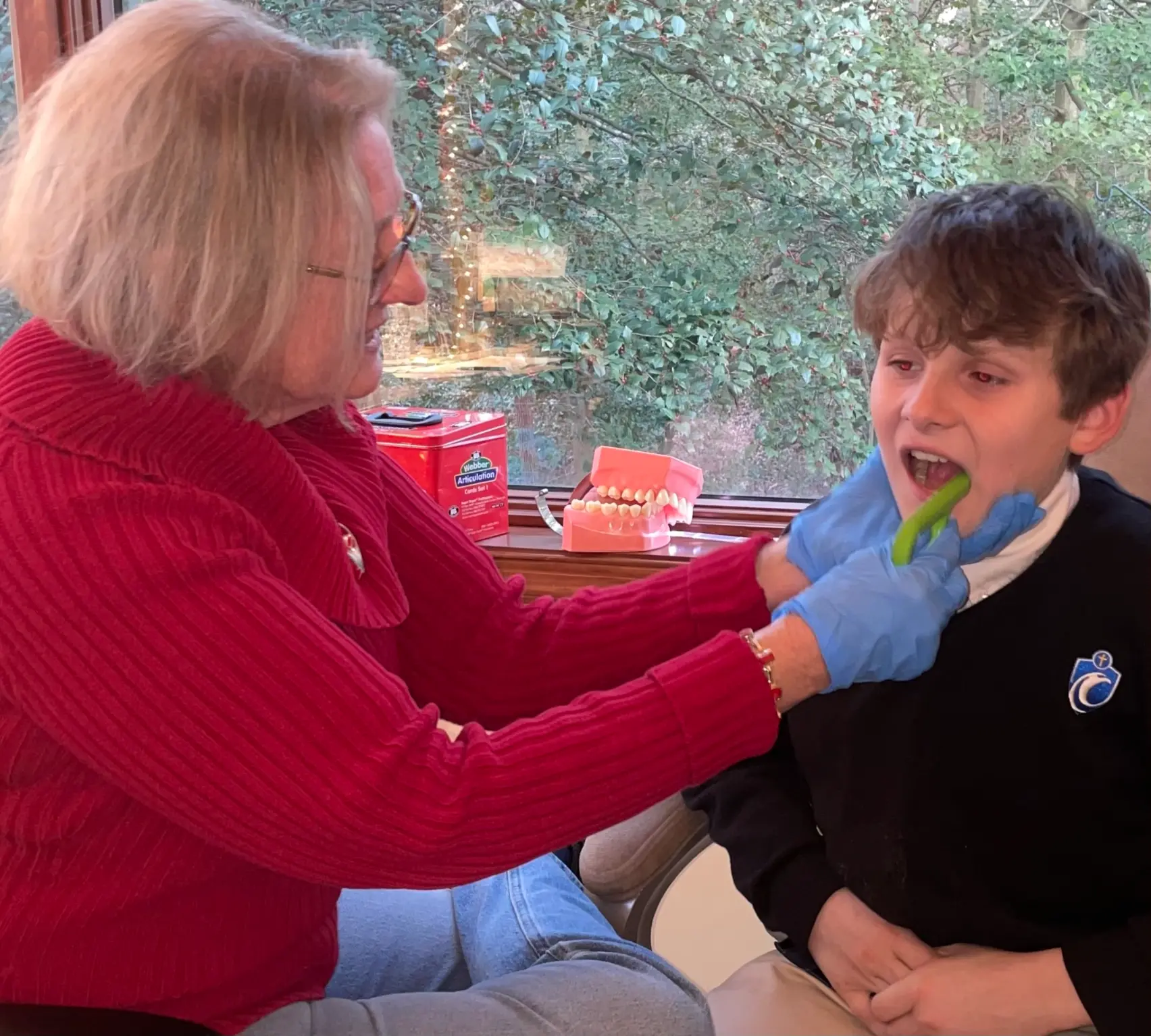
Collaboration with a team of other professionals is important. Members of this team includes oral surgeons, ENTs, orthodontists, dentists and the primary care provider. I completed the first level of the IAOM certification training in 2017. Since then I have attended international workshops and completed approximately 50 more hours of continuing education in this specialized area. I work closely with ENTS, oral surgeons, dentists, orthodontists and other speech pathologists.
Myofunctional exercises will be assigned and must be practiced daily. Weekly therapy will assess progress and adjust the exercises as needed. In the case of a tongue or lip-tie, surgical revision may be recommended. It is essential that the individualized thorough exercise plan is followed daily for 4-6 weeks prior to the revision and for 6 weeks following the surgery.
